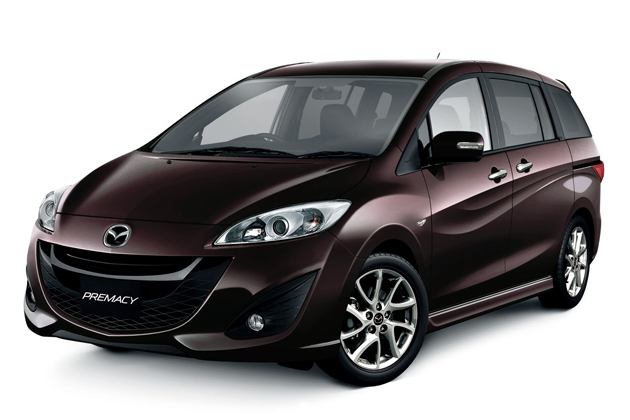283-hp, 3.6-liter V-6 (regular gas) Vs 157-hp, 2.5-liter I-4 (regular gas)
Curb Weight: 4,321 lbs. Vs 3,417 lbs.
I have been on road trips of nearly 1k miles in California with both a GrandCaravan Vs M5.
M5 typically gives me 27.8 mpg. The meter on Grand Caravan showed me around the same! But one is a V6 283HP and heavier car.
How is it possible?
Can the Mazda5 be made to give better MPG?
Update:
- Both Automatic
- Both round trip
Curb Weight: 4,321 lbs. Vs 3,417 lbs.
I have been on road trips of nearly 1k miles in California with both a GrandCaravan Vs M5.
M5 typically gives me 27.8 mpg. The meter on Grand Caravan showed me around the same! But one is a V6 283HP and heavier car.
How is it possible?
Can the Mazda5 be made to give better MPG?
Update:
- Both Automatic
- Both round trip
Last edited:

